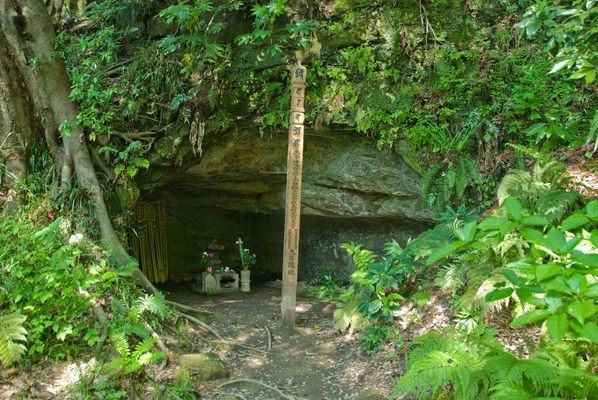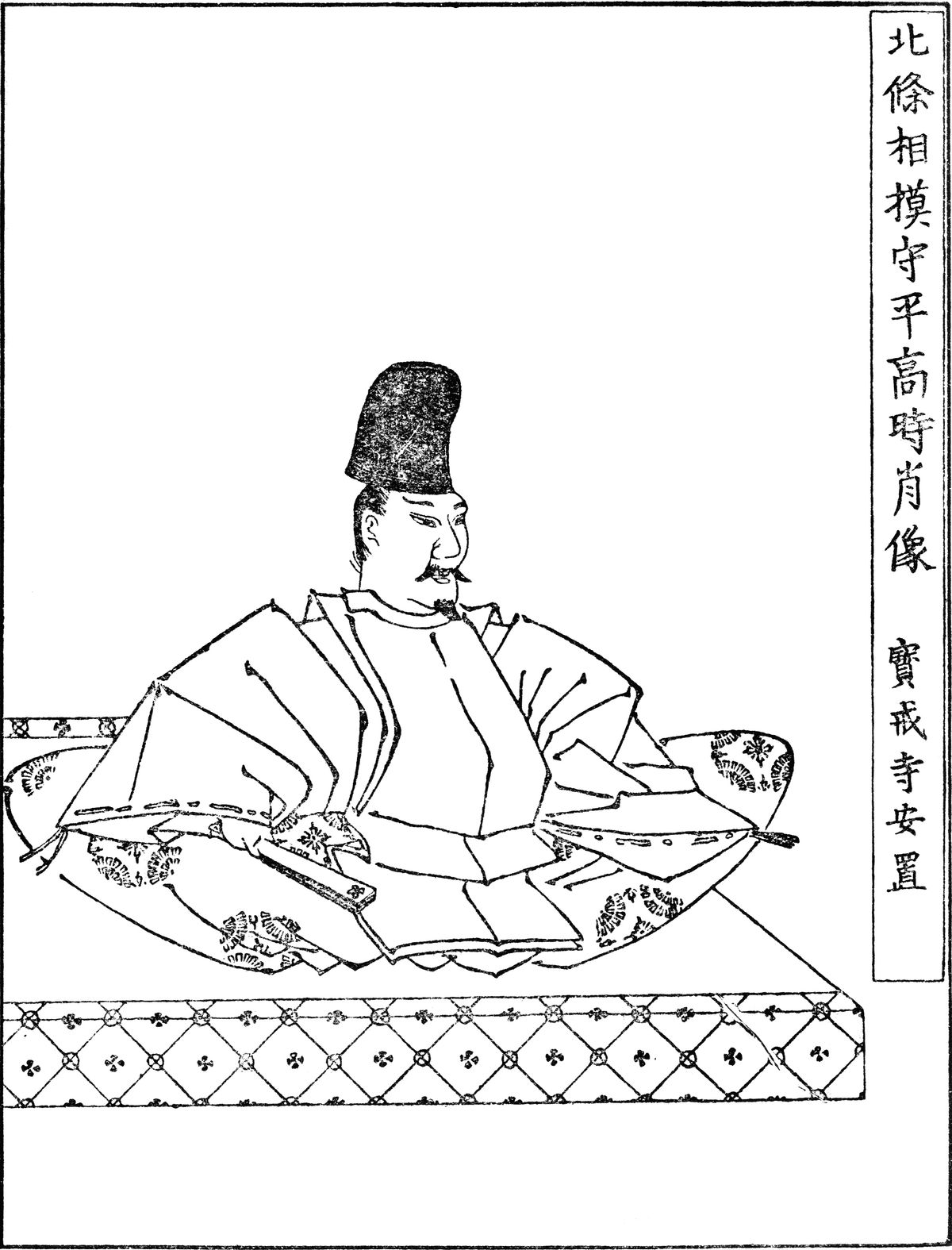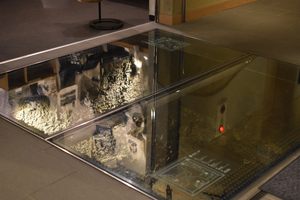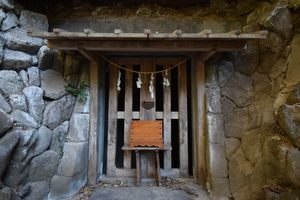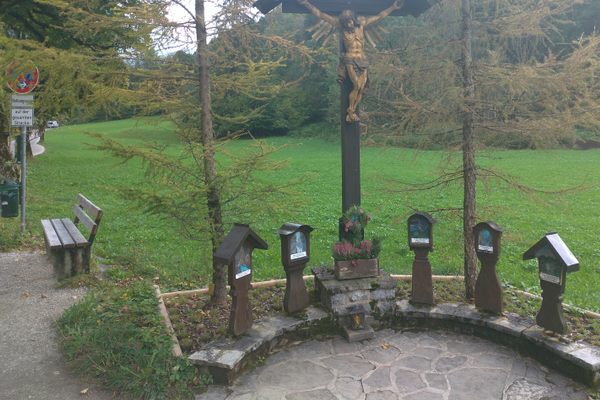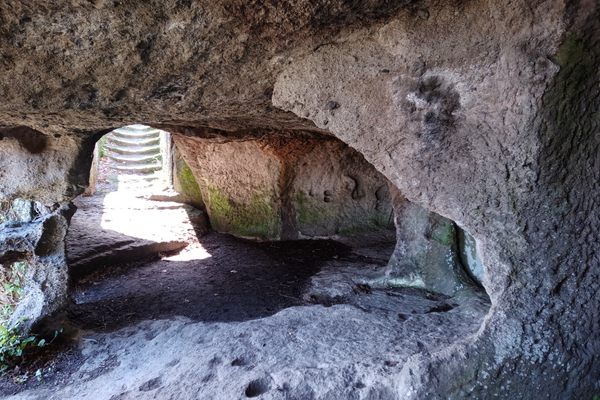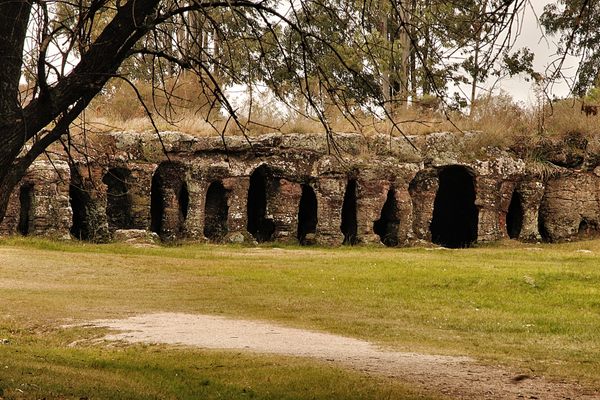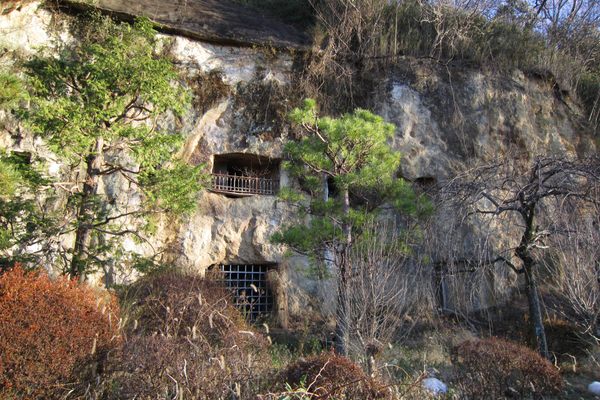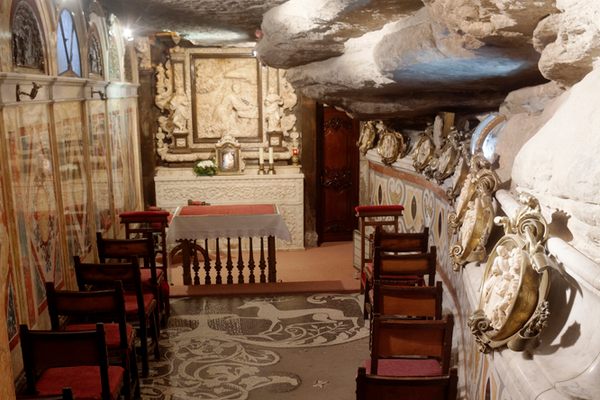About
The Kamakura Shogunate was a feudal samurai government established in 1185 by Yoritomo of the Minamoto clan, and was based in the city of Kamakura. Following 1203, it was helmed by the shikken (regent) clan of Hōjō. In order to re-establish imperial rule, warriors loyal to Emperor Daigo II invaded Kamakura and successfully overthrew the Hōjō regime in 1333.
The last of the Hōjō regents, Takatoki, fought against troops led by Nitta Yoshisada at Tōshō-ji Temple. After losing the battle, he burned the temple to the ground and committed seppuku along with 870 of his clan members and henchmen. Thus, the days of the Kamakura Shogunate were over.
Although no human remains were found at the site, it's believed that local Buddhist monks cremated all the remains soon after Takatoki's defeat. While Takatoki was buried at Engaku-ji Temple, a yagura, or burial cave, was constructed at the site of the suicide. Today it's known as the Harakiri Yagura.
The property belongs to the Hōkai-ji Temple and is dedicated to the Hōjō clan. It's also designated as a sanctuary. Entry is prohibited unless to pray for the souls of the dead samurai. Numerous stories of ghost sightings have contributed to a general impression that the reason for the shrine's seemingly off-limits status comes from the alleged hauntings.
Related Tags
Know Before You Go
The Harakiri Yagura is about a 15 minute walk from Kamakura Station near the fenced-off ruins of Tōshō-ji Temple and the Gion-yama Hiking Course. Whether you believe in ghosts or not, keep in mind that this is a sacred place and be respectful when visiting.
Hidden Japan: Sado Island, Nara & Kyoto
Explore a different side of Japan.
Book NowCommunity Contributors
Added By
Published
April 1, 2020

